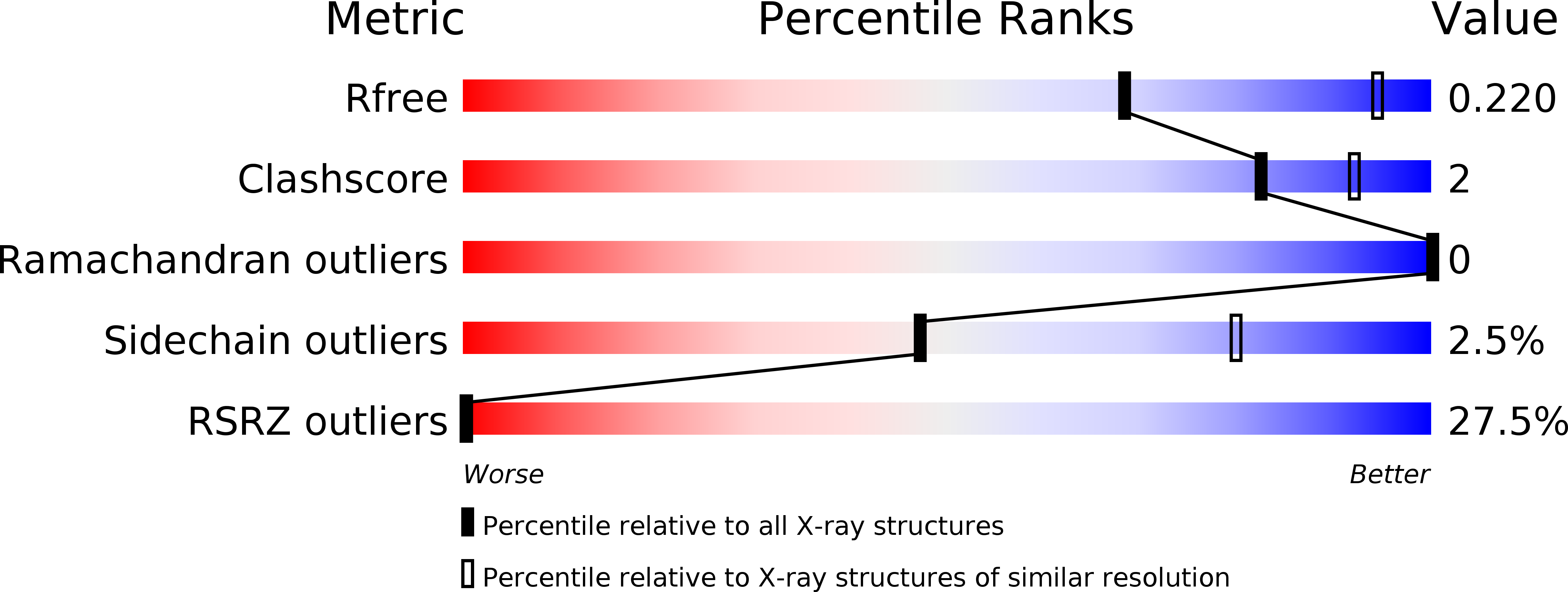
Deposition Date
2018-01-17
Release Date
2019-02-20
Last Version Date
2024-05-08
Entry Detail
PDB ID:
6FI9
Keywords:
Title:
Crystal Structure of a zinc-responsive MarR family member, Lactococcus lactis ZitR
Biological Source:
Source Organism:
Host Organism:
Method Details:
Experimental Method:
Resolution:
2.80 Å
R-Value Free:
0.25
R-Value Work:
0.23
R-Value Observed:
0.23
Space Group:
P 41


